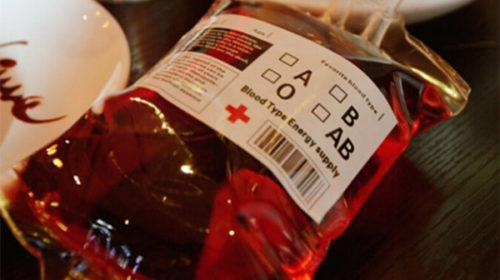Analysis on China’s Blood Product Industry
The plasma collection volume in China is increasing. Currently, it is about 8,800 tons. From 2008 to 2018, the plasma collection volume in China increased by 1.80 times, representing a CAGR of about 11%. Policies have great impact on the plasma collection volume. In the recent 20 years, China’s blood product industry has become increasingly regulated.
The Chinese government is strict with the regulation of the blood product industry, which restricts the growth in plasma collection volume to some extent. Plasma supply in China is far less than that in the United States and other developed countries. It is estimated that the plasma collection volume per capita in China was about 6.40 mL (8,800 tons/1,390,000,000) in 2018. However, the plasma collection volume per capita in the United States was 97.20 mL (31,100 tons/320 million) in 2015. The plasma collection volume per capita in China is only 1/15 of that in the United States.
The number of approved plasmapheresis centers fell sharply in 2017 and 2018 after rising significantly in 2016. It is estimated that the approval will continue to slow down in the next two years. In the Opinions on Promoting the Sound Development of Plasmapheresis Centers (No. 66, 2016, NHFPC), the National Health and Family Planning Commission and the China Food and Drug Administration required being stricter with the approval of new plasmapheresis centers. The 13th Five-year Plans for plasmapheresis center setup of China’s provinces and municipalities directly under the central government show that many populous provinces, i.e. the major suppliers of plasma, have few quotas for plasmapheresis centers by 2020 (the end of the period of 13th Five-year Plan).
By type, the market share of coagulation factors is rising rapidly, the market share of albumin is decreasing, and the market share of immune globulins is stable. Currently, albumin takes up the largest share of China’s blood product market. According to the data from the sample hospitals, in the first three quarters of 2018, albumin accounted for 51%, the largest proportion of the blood product sales in China. However, its market share shows a downward trend, which was 61% in 2012. In contrast, the market share of coagulation factors (including human fibrinogen, coagulation factors, thrombins and prothrombin complexes mentioned in Chart 15) increased from 9% in 2012 to 18% in the first three quarters of 2018. The market share of immune globulins has stayed around 30% since 2012.
China’s human serum albumin market is fiercely competitive, with the number of domestic and foreign manufacturers totaling more than 20. By lot release, foreign enterprise CSL captured the largest market share in 2018. Besides, the market share of domestic albumin manufacturers is related to plasma collection volume. Domestic albumin manufacturers that have a larger market share also rank high on plasma collection volume.
Related reports:

